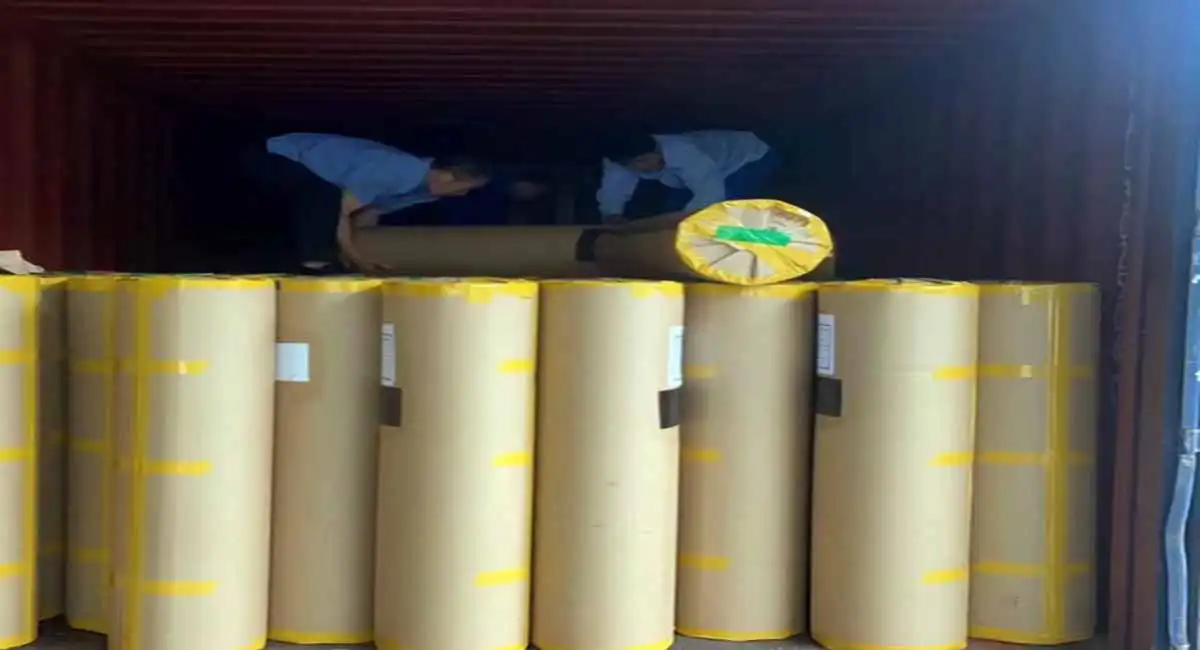Do you know what eco-board is?
Eco-boards meet our individual needs for home decoration with a variety of colors and textures. However, during the use of customized furniture, it was found that some boards would have lighter colors or yellowish white, which is often called fading. The colorful colors of the eco-board surface mainly come from the patterns on the decorative paper on the surface of the eco-board. We all know that printed materials, especially outdoor printed graphics, will fade. Although the decorative paper of the eco-board is different from other graphic printing in terms of base paper, ink selection, and printing process, it is also inevitable that there will be different degrees of fading, especially in inferior eco-boards. Let’s take a closer look at the causes of fading, so that we can know how to prevent and delay the fading of eco-boards.
Fading phenomenon
The following are the common reasons for fading:
- 1. The ink has poor light resistance and fades. The ink itself is not light-resistant. All inks will fade and change color to varying degrees after being exposed to light. The light resistance of various colors is different. Light-colored inks fade and change color more seriously after being exposed to light for a long time. The weather-resistant ink used in high-end ecological boards can greatly delay the fading of the board surface caused by light.
- 2. The ink has poor alkali resistance and fades. Basically, all inks will fade or change color when exposed to alkali. Ecological boards printed with decorative paper veneer with ink with poor alkali resistance are in an alkaline environment for a long time, which is more likely to cause the fading of the surface patterns.
- 3. The ink has poor heat resistance and fades. The heat resistance of ink is usually 120℃. During the hot pressing process of the ecological board, the decorative paper will contact the high-temperature steel plate, which requires the ink to have good heat resistance and precise control of the hot pressing temperature and time in the production process.
- 4. The alkaline pH value of the base paper causes fading. In addition to the high requirements for the absorbency, hiding power, and toughness of the base paper, the high-end ecological board decorative paper also has very strict requirements on the acidity and alkalinity of the base paper. The ideal pH value of paper is 7, which is neutral. Since caustic soda, sulfide, chlorine and other chemicals need to be added during the papermaking process, improper handling during the pulping and papermaking process may make the paper acidic or alkaline. Inferior ecological boards use base paper with substandard acidity and alkalinity to print decorative paper, which makes the board surface color very poor in durability.
- 5. The influence of printing process on fading In the printing of ecological board decorative paper, the modulation of ink, the arrangement of printing color sequence and the drying process have a greater impact on the color of ink. In the ink adjustment process, ink with good light resistance should be selected as much as possible. When adjusting the color, attention should be paid to the light resistance of the ink after dilution. When mixing ink, the consistency of light resistance between several colors of ink should also be considered. In the arrangement of printing color sequence, try to print the colors with lower light fastness such as yellow and red first, and then print the colors with better light fastness such as cyan and black, which have a certain blocking effect on the fading of inks with poor light fastness. Furniture made of ecological boards should be careful to avoid fading during use. For example, when using ecological boards to decorate walls, you should avoid directly sticking to cement walls to prevent the walls from getting damp and alkali-returned, causing mildew and fading. At the same time, you should also avoid long-term direct sunlight or excessive dryness in the room, and avoid facing the air outlet of the air conditioner or being close to the heating cover. When cleaning, avoid using alkaline liquids to wipe the ecological board. The resin-impregnated decorative paper on the surface of ordinary ecological boards uses ordinary ink paper and color paste paper, which has low color purity, poor color retention, and is prone to fading.
In short, to solve the fading phenomenon of ecological boards; in the final analysis, it is to solve the fading phenomenon of decorative paper; and to solve the fading phenomenon of decorative paper, it is to grasp each link in the production of decorative paper. The better the raw materials used in the production of decorative paper, the better the color retention of the pressed ecological board.

